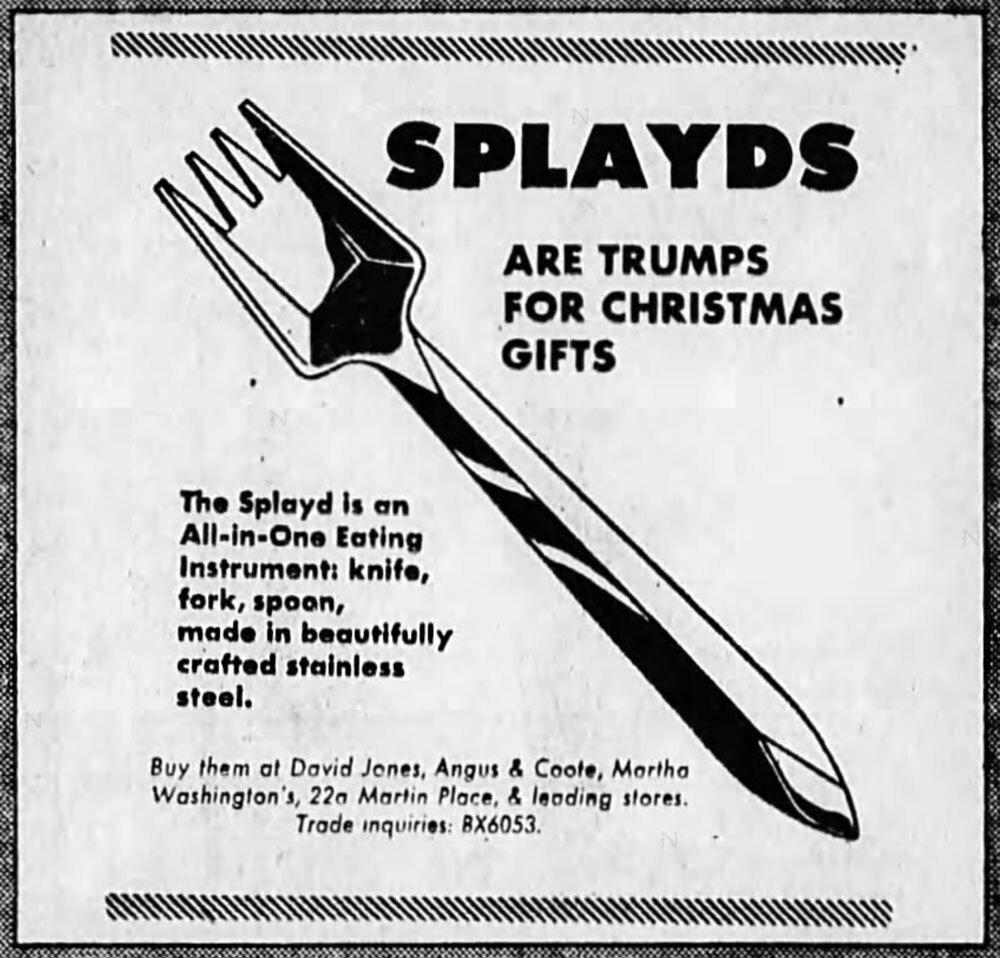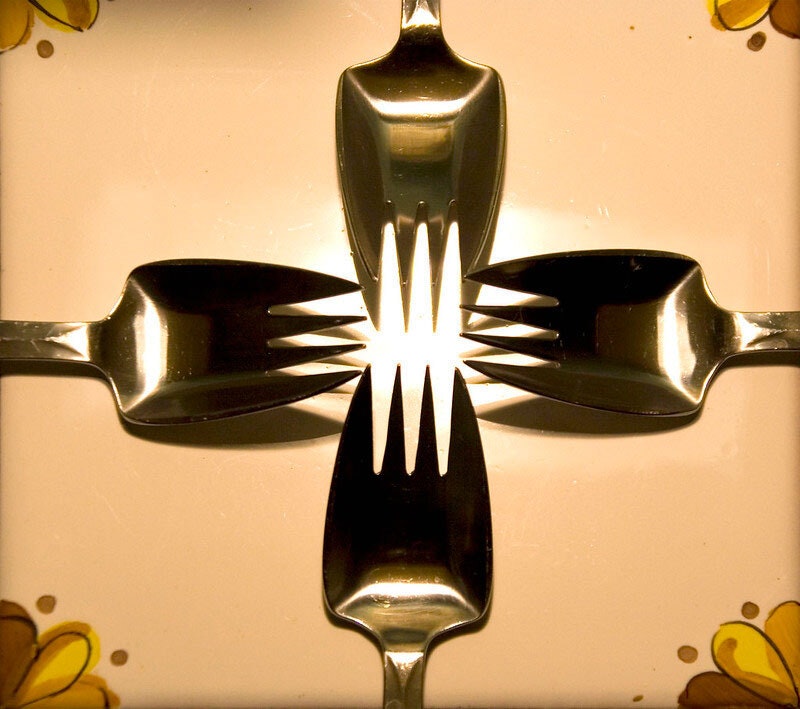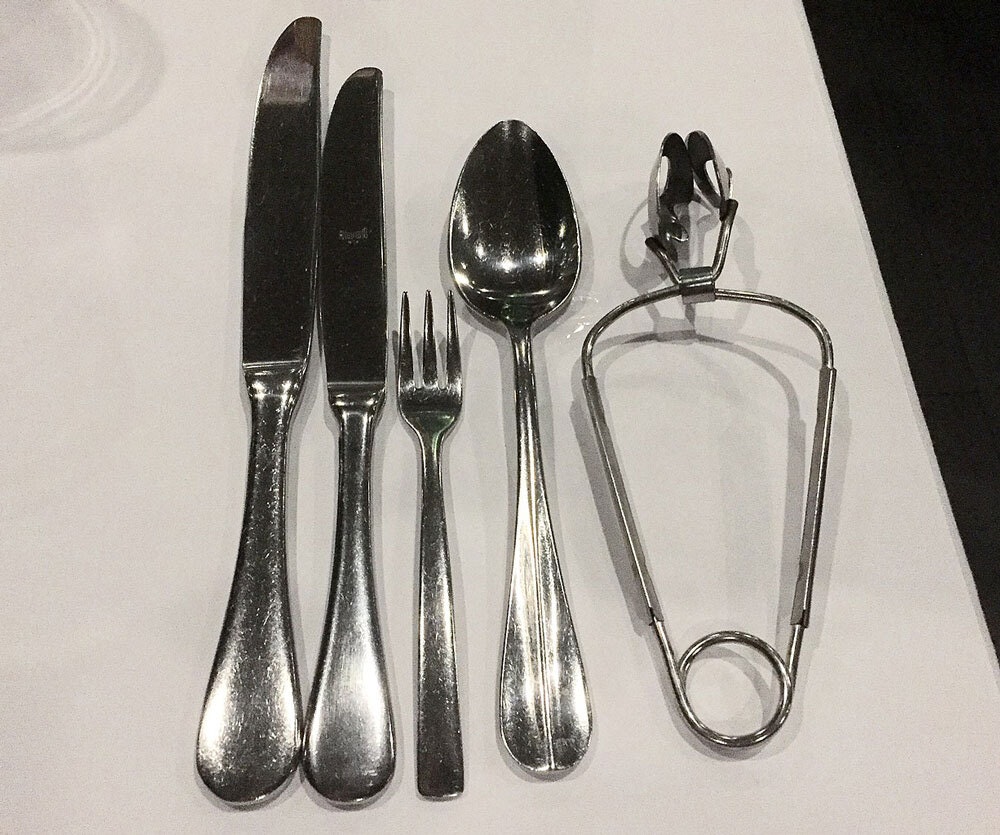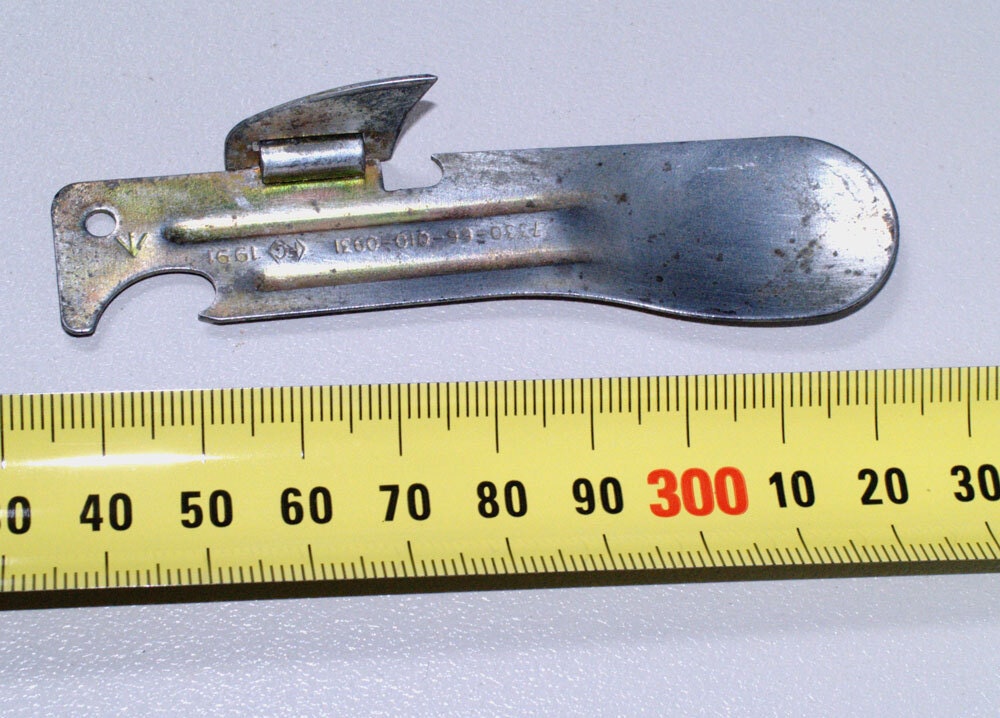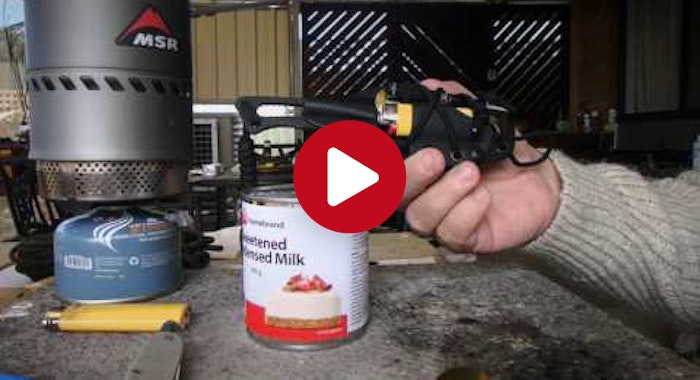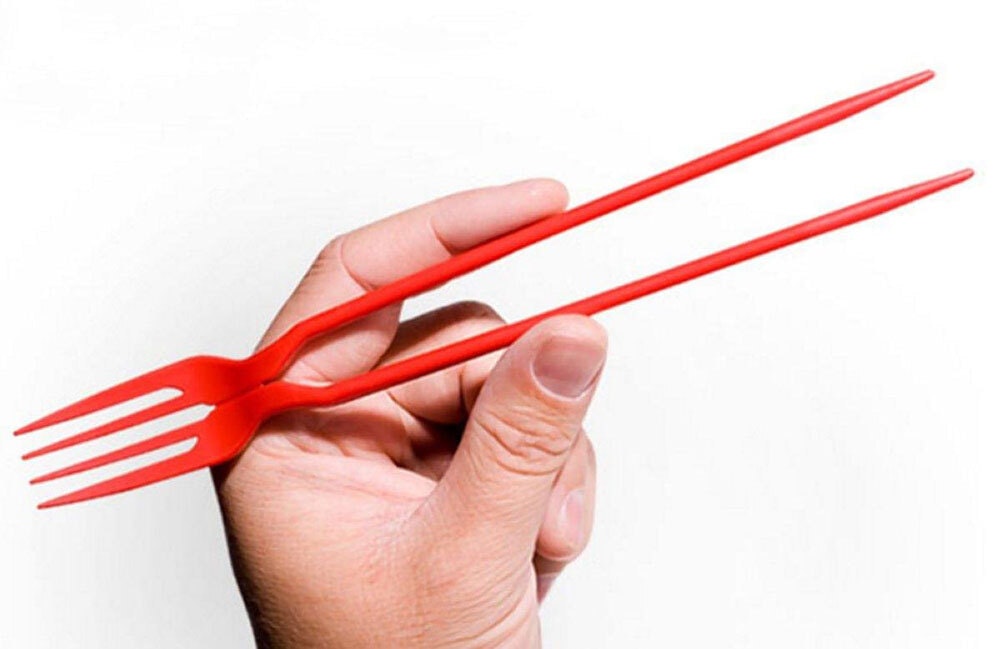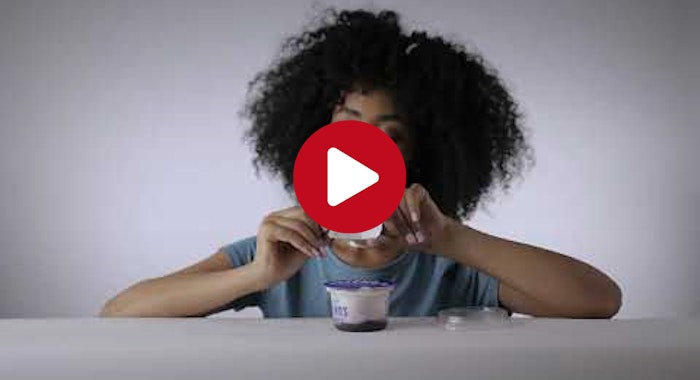Tedium - Utensil Fandom 🍴
|
|
|
|
|
|
|
|
|
Older messages
Painting With Light 🎨 📺
Friday, March 25, 2022
The graphics workstation that revolutionized television. Here's a version for your browser. Hunting for the end of the long tail • March 25, 2022 Hey all, Ernie here with a pretty cool tech history
ARMed with Linux 💪
Wednesday, March 23, 2022
The new Linux distro for Apple Silicon is an impressive feat. Here's a version for your browser. Hunting for the end of the long tail • March 23, 2022 Today in Tedium: Over the weekend, something
Belt, Buckled 🚗
Friday, March 18, 2022
The seat belt is a rare example of patent altruism. Here's a version for your browser. Hunting for the end of the long tail • March 18, 2022 Eyebrow nightfall Hey all, Ernie here with a refreshed
New Fake Shemp 🥸
Wednesday, March 16, 2022
The filmmaking phenomenon that gave us CGI Jeff Garlin. Here's a version for your browser. Hunting for the end of the long tail • March 16, 2022 Eyebrow nightfall Today in Tedium: Recently, I
Meal Deal Economics 🥪
Friday, March 11, 2022
Considering a famous meal deal's modest price increase. Here's a version for your browser. Hunting for the end of the long tail • March 11, 2022 Eyebrow nightfall Hey all, Ernie here with a
You Might Also Like
Your new cheap TV streaming option 📺
Friday, February 28, 2025
GPT-4.5; AI work study; Smartwatch faceoff ⌚; Run your own cloud -- ZDNET ZDNET Tech Today - US February 28, 2025 tv watching DirecTV's new no-contract 'Genre Packs' start at $35 - and you
⚙️ GPT 4.5 - worth the cost?
Friday, February 28, 2025
Plus: Nvidia didn't come to the rescue
ASP.NET Core News - 02/28/2025
Friday, February 28, 2025
View this email in your browser Get ready for this weeks best blog posts about ASP.NET Core! ASP.NET Core updates in .NET 10 Preview 1 — by danroth27 .NET Aspire 9.1 is here with six great new
SWLW #640: The burdens of data, Creating a sense of stability, and more.
Friday, February 28, 2025
Weekly articles & videos about people, culture and leadership: everything you need to design the org that makes the product. A weekly newsletter by Oren Ellenbogen with the best content I found
12,000+ API Keys and Passwords Found in Public Datasets Used for LLM Training
Friday, February 28, 2025
THN Daily Updates Newsletter cover ⚡ LIVE WEBINAR ➟ The Anatomy of a Ransomware Attack Watch a Live Ransomware Attack Demo, Uncover Hacker Tactics and Learn to Defend Download Now Sponsored LATEST NEWS
The Sequence Research #500: Making Small Models Great Achieve GPT-o1 Levels in Math Reasoning with Microsoft rStar…
Friday, February 28, 2025
The new method represents an important evolution of reasoning for SLMs. ͏ ͏ ͏ ͏ ͏ ͏ ͏ ͏ ͏ ͏ ͏ ͏ ͏ ͏ ͏ ͏ ͏ ͏ ͏ ͏ ͏ ͏ ͏ ͏ ͏ ͏ ͏ ͏ ͏ ͏ ͏ ͏ ͏ ͏ ͏ ͏ ͏ ͏ ͏ ͏ ͏ ͏ ͏ ͏ ͏ ͏ ͏ ͏ ͏ ͏ ͏ ͏ ͏ ͏ ͏ ͏ ͏ ͏ ͏ ͏ ͏ ͏ ͏ ͏ ͏
🎧 The Perfect AirPods Alternative for Android — Features I Wish Netflix Would Copy From YouTube
Friday, February 28, 2025
Also: Are Ryobi Power Tools at Home Depot Worth Buying? and More! How-To Geek Logo February 28, 2025 Did You Know The crew of Apollo 11 took two tiny pieces of the Wright "Kitty Hawk" Flyer,
Meta Is Unbundling... Again
Friday, February 28, 2025
The strategy behind the stand-alone apps for Reels and Meta AI... Meta Is Unbundling... Again The strategy behind the stand-alone apps for Reels and Meta AI... By MG Siegler • 28 Feb 2025 View in
📧 Did you watch the FREE chapter of Pragmatic REST APIs?
Friday, February 28, 2025
Hey, it's Milan. 👋 The weekend is almost upon us. So, if you're up for some quality learning, consider watching the free chapter of Pragmatic REST APIs. Scroll down to the curriculum or click
Data Science Weekly - Issue 588
Thursday, February 27, 2025
Curated news, articles and jobs related to Data Science, AI, & Machine Learning ͏ ͏ ͏ ͏ ͏ ͏ ͏ ͏ ͏ ͏ ͏ ͏ ͏ ͏ ͏ ͏ ͏ ͏ ͏ ͏ ͏ ͏ ͏ ͏ ͏ ͏ ͏ ͏ ͏ ͏ ͏ ͏ ͏ ͏ ͏ ͏ ͏ ͏ ͏ ͏ ͏ ͏ ͏ ͏ ͏ ͏ ͏ ͏ ͏ ͏ ͏ ͏ ͏ ͏ ͏ ͏ ͏ ͏ ͏

